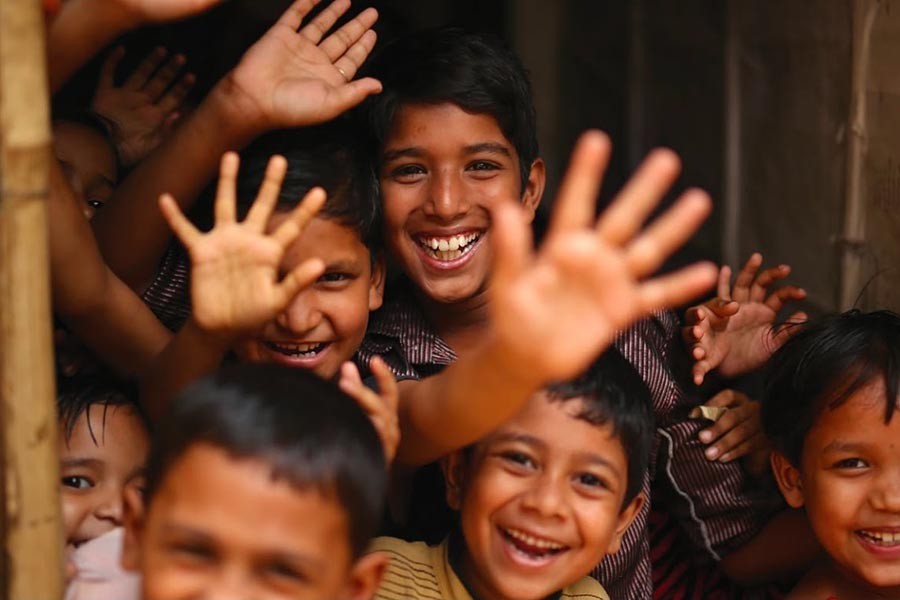
Published :
Updated :

Looking at the current age structure of the population, it can be said that the growth potential of the country's economy is very high at the moment. In this context, consider that 20 per cent of the population are aged between 15 and 20 years. Children, according to the UNICEF, make up 40 per cent of the population. So, the question is how is the nation going to unleash the social and economic potential that the present age-structure of the population promises? Pointing to the importance of the present phase in the country's history, business leaders at a recently held webinar observed how urgent it was to invest in our children and the youth to harness their full potential. Noting that the current stage of the population is ideal for reaping what they termed its demographic dividend, they also cautioned that time in hand to make the most of it is limited. That means those in policymaking should be very prompt to mobilise the required resources for our children's development so they can grow into highly capable and productive human resource in the foreseeable future.
However, it is one thing to have a potential resource in hand, but a completely different matter to put it to good use. At this point, it is most crucial that the areas to concentrate concerning child development is properly identified and prioritised. First, the focus should be on creating a healthy generation. This calls for ensuring that all the children have access to necessary healthcare facilities for their healthy growth and due protection against diseases. Also, there should be generous provisions to provide every child of the country with nutritious diet. It would be worthwhile to remember that malnutrition is pervasive in Bangladesh so much so that more than 54 per cent of its pre-school-age children numbering some 9.5 million are stunted. And 50 per cent of the children are underweight, while 17 per cent are wasted.
Evidently, to begin with, child health should be the area that deserves the highest priority with matching fund allocation. The next issue of concern is schooling the children. Notably, in pre-pandemic normal time, of all the school-age children, around 9.37 per cent of the total, were out of school, while 18 per cent of the school-going children were dropouts. So, urgent steps would be required to school the unschooled and returning those that dropped out back to school. Then comes the subject of providing quality education to our children from the primary level. True, except the English medium schools in the urban areas, the quality of education in general schools is poor. This is more so at the primary level. So, to ensure quality education, there is no alternative to providing the schools with well-qualified teachers from the primary level.
Clearly, massive fiscal measures will be required to meet the targets in this regard. But the government alone, without the help of the private sector, cannot hope to reach the lofty goals. Also, along with its limited fiscal resources and implementation capacity, time in hand is also limited. For the scope of utilising the promise of demographic dividend will be around for a decade or so. In that case, the government would be required to integrate its efforts with those of the private sector and be fast enough to achieve its goals. Hopefully, the government is prepared to face the challenge.


 For all latest news, follow The Financial Express Google News channel.
For all latest news, follow The Financial Express Google News channel.